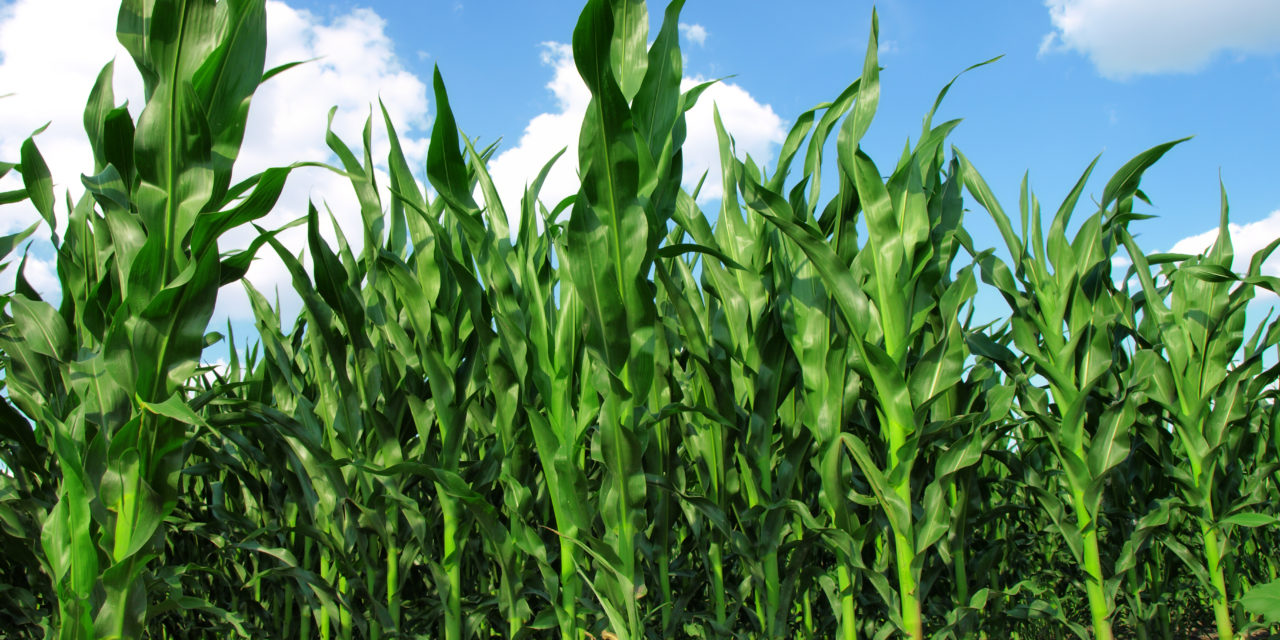BPIA Biostimulant Innovation Committee co-chair Terry Stone provided updates on the evolving biostimulant regulatory situation in the United States in an Executives Speak interview with 2BMonthly.
Terry Stone, Global Regulatory Leader-Biologicals, Corteva Agriscience.
Why do BPIA and the US Biostimulant Coalition feel that standards for biostimulants are so critical? Who benefits?
The biostimulant industry seeks to sell their products in the United States with a label that identifies them as a “biostimulant” and to make claims consistent with that designation such as “supporting nutrient uptake,” “natural nutritional processes” and “abiotic stress.” To achieve this goal, it is critical that some basic standards be established for biostimulants in the U.S. Such standards will provide consistency in the information required to demonstrate efficacy and safety for all companies desiring to call their products plant biostimulants. So, when a grower uses the product, he or she can have confidence it does what’s claimed, contains what’s claimed, and is safe for use and for those consuming the produce from their farm. Ultimately, such consistency will enhance the usefulness and credibility of these products, their adoption by growers, and their broader contribution to plant health and agricultural sustainability.
Please explain the broad stakeholder working group the association is part of. What are its priorities and time-sensitive objectives?
There are two principal industry associations in the United States focused on advocating for biostimulant companies, the Biological Products Industry Alliance (BPIA) and the US Biostimulant Coalition (USBC). Both organizations have worked in tandem with the EPA, USDA, State regulators and other stakeholders over the past decade to ensure the industry has a common voice in support of these technologies. For example, these associations were instrumental in having language included in the 2018 Farm Bill requiring the USDA to develop recommendations on an appropriate regulatory framework for biostimulants for the President and Congress to consider. In 2019, the group, along with stakeholders from other US organizations such as the American Seed Trade Association, Biotechnology Innovation Organization, Humic Products Trade Association, and The Fertilizer Institute drafted recommendations for USDA to consider for its report to Congress. Included were recommendations on a definition for plant biostimulants and criteria or standards to demonstrate efficacy, safety, composition and common labeling for these products. In 2020, the industry is focusing on formalizing these standards for use by companies desiring to employ them for their products. The goal is to have these criteria and standards developed and peer reviewed by Q1 2021 and case studies developed by companies demonstrating their value by Q2 2021.
Please explain the Plant Regulator issue. What is Table 4 and why is it so important?As defined in the Federal Insecticide Fungicide and Rodenticide Act (FIFRA), the US pesticide regulation, plant regulators are “any substance or mixture of substances intended, through physiological action, for accelerating or retarding the rate of growth or rate of maturation, or for otherwise altering the behavior of plants or the produce thereof.” This definition is very broad as many substances and products can impact the physiology of the plant, which is why products intended to aid the growth of desirable plants” such as plant nutrients, nutritional chemicals, inoculants, soil amendments; and vitamin-hormones are excluded from the plant regulator definition. FIFRA defines, each of these excluded product types except for nutritional chemicals. However, since these definitions were established over 60 years ago, many new products and technologies have been developed that don’t fit squarely into one of these excluded categories. For example, plant biostimulants are recognized as supporting a plant’s natural nutrition processes independently of the biostimulant’s nutrient content, thereby improving nutrient availability, uptake or use efficiency, tolerance to abiotic stress, and subsequent growth, development, quality, or yield. In a manner similar to water, a biostimulant’s impact on natural plant nutritional processes can influence physiological processes, e.g. photosynthesis, production of plant metabolites, enzymatic activity in plant tissues, up- or down- gene regulation, plant membrane stability, etc. The outcome of improved nutritional or physiological processes is improved plant health, tolerance to abiotic and other environmental stress, improved growth, quality and yield. EPA’s draft guidance issued in March 2019 on Plant Regulator Label Claims, Including Plant Biostimulants, provided numerous examples in tabular form of product claims a company could make consistent with a plant nutrient, plant inoculant, soil amendment, and plant regulator. However, Table 4 of that draft guidance identified “Plant Regulator Active Ingredients Contained in EPA-Registered Products Having Modes of Action that Trigger Regulation Under FIFRA as a Pesticide”. The list of active ingredients included plant hormones registered as plant regulators such as cytokinin, ethylene and gibberellic acid. However, seaweed extracts, laminarin and other “actives” were also included which have been registered and sold as plant nutrient products for decades. Doing so created immediate uncertainty for manufacturers of these products. Would they have to register old and new products as plant regulators simply because they could contain trace amounts of a plant hormone even though no pesticidal claims are made? Doing so would create a tremendous financial burden on the industry and is inconsistent with FIFRA being a claim- and intent-based law. Furthermore, Table 4 is inconsistent with the purpose of the draft document, which is to provide guidance on plant regulator claims, including plant biostimulants. The biostimulant industry and other stakeholders expressed concern during the public comment period. The Agency is reviewing those comments and is expected to issue new draft guidance in early 2021 for additional public comment. While that guidance is pending the industry is requesting to continue its dialogue with the Agency to provide greater clarity on products affecting plant physiology requiring FIFRA registration as a plant regulator.
What are the biggest challenges when working on issues where alignment between USDA and state and federal regulators is so important?The USDA, EPA, and a variety of state regulators have been very open to working with industry but because they all operate under various statutes and regulations within different jurisdiction and different levels of authority, it is very challenging to reach alignment with regard to new biostimulant products or technologies. While some biostimulant products have been sold for decades, science has advanced, and many new technologies do not fit existing regulatory structures. Therefore, as innovation continues, there is a need for regulations to evolve to
What are the most prominent similarities between what’s happening on the biostimulant regulatory front here and in the EU? Biggest differences? In both regions the biostimulant industry has taken the lead to clarify the regulatory status for these products and support a consistent path to market. European Union regulators clarified that plant biostimulants should be recognized as a type of fertilizer and are to be regulated under their new fertilizer law rather than as a pesticide. In doing so, they established a statutory biostimulant definition and are developing standards for efficacy, safety, contaminants and other aspects for companies to demonstrate conformance, which is certified by a government recognized third party. Once certified, the product can be sold throughout the EU. In the US, the USDA recommended a description of the term “biostimulant” to the President and Congress that is supported by industry and other stakeholders but has not yet been finalized as a legal definition of the that term. The industry’s effort to establish criteria and standards could establish a system more relevant to US conditions. Ultimately, industry would like to see a globally recognized definition so products can be marketed via harmonized data and information requirements internationally.
This work seems like an excellent example of how Public and Private Partnerships are necessary for effective change. Would you agree?Even before the challenges of the global pandemic and the resulting recession, state and federal governments didn’t have adequate resources to focus on the rapidly developing product category of biostimulants. Therefore, industry accepted that it needed to be the driver of change in order to advance this emerging sector of crop inputs. However, to make lasting and well-reasoned policy, the process requires the input insight, knowledge, and resources from diverse stakeholders, including numerous federal government agencies and state departments of agriculture. Consequently, to be successful, a public and private partnership is essential, and I am convinced that will happen. Farmers needs biostimulants, the global market for them is growing and will continue to grow with further innovation.


